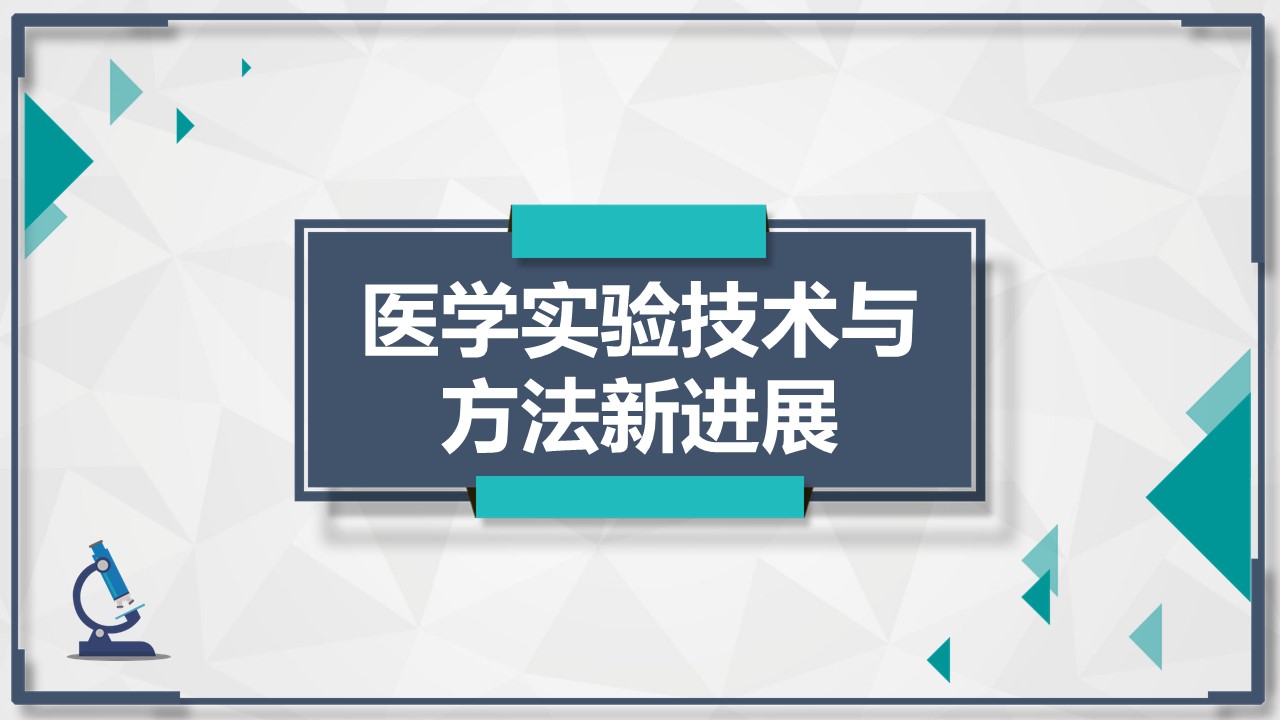
当前课程知识点:Green Economy from China's Stories > 6. Green Economy > 6.3 Assessment Methods for Development of Green Economy > 6.3 Assessment Methods for Development of Green Economy
返回《Green Economy from China's Stories》慕课在线视频课程列表
返回《Green Economy from China's Stories》慕课在线视频列表
大家好
大家好 欢迎进入
《绿色经济与中国实践》大课堂
相信大家在了解了
绿色经济概念和研究进展之后
肯定会对
如何评价绿色经济发展比较疑惑
这节课我将给大家详细讲述一下
绿色经济发展的几种评价方法
具体包括综合评价法
绿色指标体系法
绿色经济效率评价法
绿色经济发展研究领域
存在众多的评价方法
如生态足迹法
物质流分析法
环境资源协调度法等
其中较成熟的一个方案是
1992年联合国统计委员会修正的
“环境经济综合核算体系”
这一体系正式提出了绿色GDP 的概念
绿色GDP就是指一个国家或地区
在考虑了自然资源与环境因素影响之后
将经济活动中所付出的资源耗减成本
和环境降级成本从GDP中予以扣除
但该概念仍存在许多不足
一是绿色GDP没有考虑重新形成
生态资源的生态价值和自然增值;
二是绿色GDP的核算思想
与当前政绩考核方式相冲突
难以推广
三是绿色GDP不能反映绿色经济的全貌
综合评价法是指
使用比较系统的 规范的方法 对于多个指标 多个单位
同时进行评价的方法
利用该方法构建合适的框架
即可对绿色经济发展进行综合评价
使用综合评价法的第一步一般是
选取评价指标 建立评价指标体系
接着确定评价指标的转换
和综合方法
然后确定评价指标的权重
再然后对综合指标进行汇总合成
最后进行综合评价分析
具体我们来看一下
比如刘耀彬等学者
基于不同空间尺度
构建了绿色发展的DPSIR分析框架
从五个维度全面刻画了
绿色经济发展内涵
在以上的基础上
他们基于绿色发展的动力
压力 状态
响应和影响五个维度构建了绿色发展综合指数
并寻找各个维度相应的指标
共同构建了完整的指标体系
在构建了指标体系之后
他们通过确定研究区域和研究时段
根据绿色发展指标体系
收集了中国23个生态文明示范城市
2003-2015年的面板数据
之后采用因子分析方法
构建绿色发展综合指数
对城市的绿色发展水平进行了
综合评价
通过计算得出了
23个生态文明示范城市的绿色发展水平得分
如2015年得分排名前三的分别是
成都市 杭州市和郑州市
我们再来看一下
绿色经济指标体系法
比如袁怀宇等学者
通过借鉴他人的
绿色经济评价四面体模型构想
通过系统论方法
从绿色经济的总体思想出发
建立经济系统
资源系统 环境系统和生活系统四面体理论
并结合北京师范大学等
创建的绿色指标体系
构建了符合湖南实情的
绿色经济评价指标体系
同样地
他们通过收集数据
运用模型方法
测算出了湖南省各市州
绿色发展测度值及排名
之后
又通过Excel和ArcGIS作图
生动形象地展示出了
湖南省各市州
绿色发展水平的时空分布
从时间变化来看
2010~2017年湖南省绿色发展水平是波动上升的
但在个别年份 如2011年
它的绿色发展水平值是比较低的
从2017年的空间分布上来看
绿色发展水平较高的
是长沙 株洲和常德市
绿色发展水平较低的
是湘西州 湘潭市和娄底市
再来看一下
绿色经济效率评价法
绿色经济发展本质上是
环境全要素生产率的持续改善
因此利用绿色全要素生产率
来衡量绿色经济发展水平的方法
叫做绿色经济效率评价法
如图所示
由于能源消耗和污染排放量的存在
需要将资源与环境要素加入到
传统的全要素生产率测算中
得出绿色全要素生产率
再比如
温湖炜等(2019)
参考Fare et al.的思路定义了环境技术函数
利用方向距离函数测度
我国各省份的绿色全要素生产率
并采用双重差分法实证检验
市场激励型环境规制
对绿色全要素生产率的影响
由2003-2016 年中国各省份
绿色全要素生产率的平均增长率图中我们可以看出
中国各省份绿色全要素生产率的平均增长率
各有不同
其中浙江 辽宁和山东三省最高
青海 海南和甘肃三省则是最低
这就能明显区分全国各省之间
绿色全要素生产率在空间上的差异
由于时间关系 这里不多解析
如果对此感兴趣的同学可以查阅
作者所写的《环境规制与中国省域绿色全要素生产率》一文
当然 关于绿色经济发展评价的方法还有很多
这里就不一一列举了
感兴趣的同学课下可以进一步去了解
谢谢大家
下次见
-1.1.1 Global Environmental Issues and Ecological Crisis
--1.1.1 Global Environmental Issues and Ecological Crisis
-1.1.2 Environmental Issues and Governance Results in China
--1.1.2 Environmental Issues and Governance Results in China
-1.2.1 Attention from the International Community to Ecological and Environmental Issues
--1.2.1 Attention from the International Community to Ecological and Environmental Issues
-1.2.2 Reflection of the International Community on Ecological and Environment Issues
--1.2.2 Reflection of the International Community on Ecological and Environment Issues
-1.2.3 China's Practice of Ecological and Environmental Protection (a)
--1.2.3 China's Practice of Ecological and Environmental Protection (a)
-1.2.3 China's Practice of Ecological and Environmental Protection (b)
--1.2.3 China's Practice of Ecological and Environmental Protection (b)
-1.3 The Origin of Ecological and Environmental Issues
--1.3 The Origin of Ecological and Environmental Issues
-Chapter I Test
-2.1 Teaching Materials
-2.2 Practice in China
-Chapter II Test
-3.1 Research Hotspots
-3.2.1 Industrial Ecology
-3.2.2 Environmental Value Spillover
--3.2.2 Environmental Value Spillover
-3.2.3 "Two Mountains" Theory (a)
--3.2.3 "Two Mountains" Theory (a)
-3.2.3 "Two Mountains" Theory (b)
--3.2.3 "Two Mountains" Theory (b)
-Chapter III Test
-4.1.1 International background
--4.1.1 International background
-4.1.2 Background in China
-4.2 3R Principles
-4.3 3 levels
-4.4.1 Progress
-4.4.2 Policies
-Chapter IV Test
-5.1 The concept of Low-carbon Economy
--5.1 The concept of Low-carbon Economy
-5.2 The origin of the Low-carbon Economy theory
--5.2 The origin of the Low-carbon Economy theory
-5.3 Practice in Developed Countries
--5.3 Practice in Developed Countries
-5.4 Practice in China
-Chapter V Test
-6.1 The Concept of Green Economy
--6.1 The Concept of Green Economy
-6.2.1 Development and Research Progress of the Green Economy
--6.2.1 Development and Research Progress of the Green Economy
-6.2.2 Actions on Green Economy and Future Development Trend of Green Economy
--6.2.2 Actions on Green Economy and Future Development Trend of Green Economy
-6.3 Assessment Methods for Development of Green Economy
--6.3 Assessment Methods for Development of Green Economy
-6.4.1 Formation and Application of Green Economy Development Thought
--6.4.1 Formation and Application of Green Economy Development Thought
-6.4.2 Practice and Inspirations of Green Economy Development
--6.4.2 Practice and Inspirations of Green Economy Development
-Chapter VI Test
-7.1 The Concept of Sustainable Development
--7.1 The Concept of Sustainable Development
-7.2.1 The formation of sustainable development in China
--7.2.1 The formation of sustainable development in China
-7.2.2 China's Achievements in Sustainable Development
--7.2.2 China's Achievements in Sustainable Development
-7.3.1 EKC Hypothesis and Its Origin
--7.3.1 EKC Hypothesis and Its Origin
-7.3.2 Enlightenment of EKC on China's Environmental Governance
--7.3.2 Enlightenment of EKC on China's Environmental Governance
-Chapter VII Test
-8.1 The Connotation and Assessment Significance of Ecosystem Service Value
--8.1 The Connotation and Assessment Significance of Ecosystem Service Value
-8.2 The Research Progress of Ecosystem Service Value Assessment
--8.2 The Research Progress of Ecosystem Service Value Assessment
-8.3 Practice in China
-Chapter VIII Test
-9.1.1 Theoretical Concept
-9.1.2 Research Prospect
-9.2 Development Process of Ecological Footprint
--9.2 Development Process of Ecological Footprint
-9.3.1 Research Scale
-9.3.2 Research Industry
-Chapter IX Test
-10.1 Environmental Policy Assessment Standards
--10.1 Environmental Policy Assessment Standards
-10.2 Types of Environmental Policies (a)
--10.2 Types of Environmental Policies(a)
-10.2 Types of Environmental Policies (b)
--10.2 Types of Environmental Policies(b)
-10.3 Case study——River Chief Policy
--10.3 Case study——River Chief Policy
-Chapter X Test
-Final exam
--Final exam




